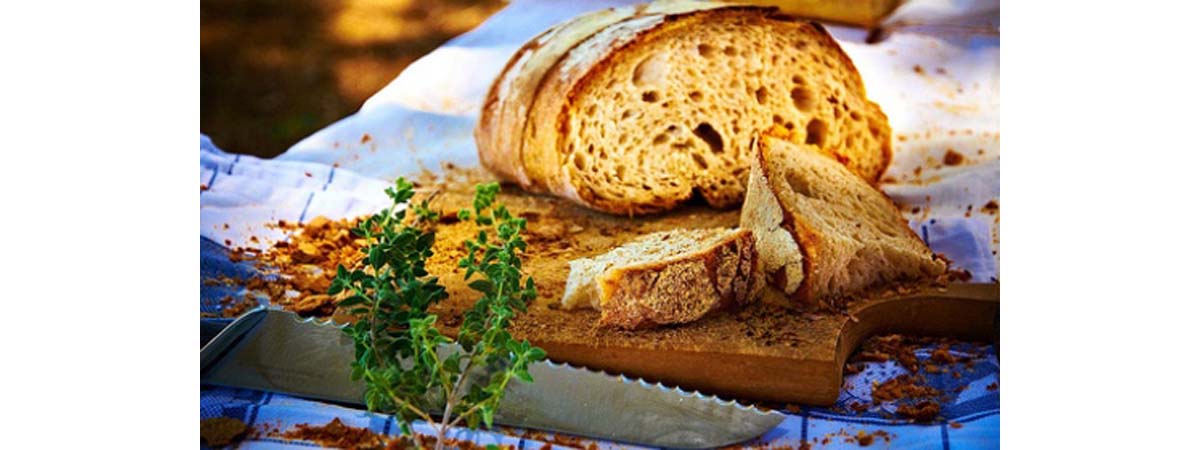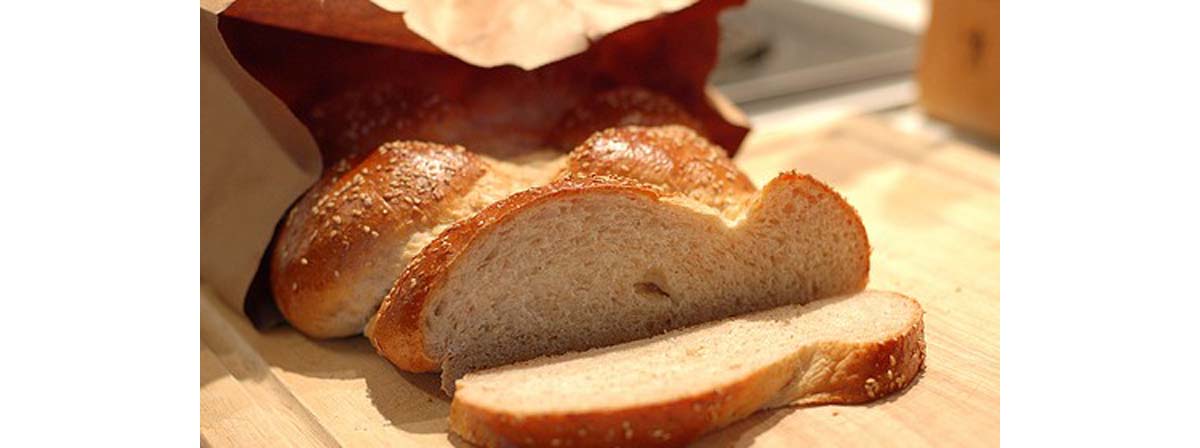Ask a staunch advocate of low carb eating or a paleo dieter what they think of bread, and you’re likely to get an earful of obscenities, combined with scornful looks and a lecture on how bread is as bad for your health as cigarettes and alcohol.

Yet refer to the United States Department of Agriculture dieting guidelines, and you’ll find that whole grains, such as bread, make up a huge portion of their eating recommendations.
It seems a mystery. Bread certainly has some nutritional clout and would appear to be perfectly acceptable as part of a healthy diet, but then there’s also a dark side to it as well.
Let’s delve into the good, the bad and the ugly of the American’s best lunchtime friend – bread.
Why Could Bread Be Bad?
The main reason why many people, especially those who try to lose weight or gain fitness, choose to omit bread from their diets is because of the carbohydrate content.
Carbohydrates, and particularly grains, are a major source of calories in the Western diet. Look at a typical person’s daily diet –
- Breakfast will invariably consist of at least one type of grain, usually in the form of toast or bagels.
- Lunch revolves around a sandwich, another bagel or wrap.
- You might not eat bread at dinner, but many folks will indulge in more afternoon sandwiches, make themselves a quick bread-based snack at work or while watching TV or eat other bread-based products.
It’s quite scary to think about the amount of bread some people get through and by simply going cold turkey on bread (and eating a cold turkey salad instead of a sandwich) you could save yourself hundreds of calories every day.
The second potential reason for banning bread is to do with the way out bodies have evolved over the years. This links in with the concept of the Paleolithic diet, which is gathering quite a following.
According to the paleo movement, we’ve only been eating grains since the dawn of the agricultural age, which started around 10,000 years ago. While that may seem like an eternity, in the grand scheme of our existence on this earth, 10,000 years isn’t a long time at all.
Insulin is the hormone that controls your blood sugar. When you eat something high in carbs, you release more insulin. This insulin helps to shuttle the carbs to your liver and muscle cells to be stored, but too much insulin is a bad thing, as it contributes to fat gain.
The other main issues with bread are the gluten and phytates it contains. Gluten can also cause damage to the gut and lead to inflammation, while phytates interfere with nutrient absorption, meaning your body doesn’t absorb as many vitamins and minerals as it should otherwise.
Judging by this evidence, bread appears to be dieting public enemy number one. Maybe you should put down that sandwich, step away from the counter and grab a piece of fruit instead? Not so fast. Bread also has its good sides. It does depend on how much you eat, and what kind of bread you choose.
Is Bread Really That Bad?
Weight loss, fat loss and even muscle gain all ultimately come down to calories in versus calories out.

Eat fewer calories than you burn and you’ll lose fat. Eat a little over what you burn and you’ll gain muscle, or eat a lot over what you burn and you’ll get fat. At the very bones of it, there’s not that much more to weight maintenance than that.
On this logic, bread can certainly be part of a healthy diet, and if you enjoy it, there is simply no need to cut it out.
Research seems to firmly suggest that more fiber is almost always beneficial in preventing cancer, heart disease and stroke, as well as aiding with weight loss. Fiber slows gastric emptying and digestion rates, which in layman’s terms means it helps keep you feeling fuller for longer – definitely a good thing when you’re on a diet and battling food cravings.
Many people also enjoy bread. Dieting shouldn’t be a chore and there’s no need to go all hardcore bodybuilder, or be a culinary Spartan and get rid of foods you enjoy eating that don’t affect your progress, simply because a certain guru said you should, or because it’s the fashionable thing to do.
Bread is extremely convenient – you don’t always have time to cook up a batch of sweet potatoes, wait for your vegetables to steam, or prepare a supposedly healthier carb source such as brown rice.
While there are no “essential” carbohydrates as there are essential proteins and essential fats, carbs certainly aren’t the dietary devil. Generally, your activity level and body composition determine how many carbs you should eat. If you’re looking to lose weight and naturally carry more fat you should look to a lower carb diet, while those who tend to stay lean year-round and want to add muscle should eat more carbs. Either way, bread is a useful carb source for energy and post-workout recovery.
Experiment with bread and see how you fare with it. If you can fit bread into your daily calorie and carbohydrate intake without craving more, or experiencing any stomach discomfort, bloating, or any other nasty side effects, keep it in. Try different breads too – sprouted grain breads and wraps, or rye bread tend to be lower in wheat and gluten and higher in protein, so if you only have a mild reaction to normal bread, you might find you’re fine with these.
Bread isn't really "that bad", in conclusion, but whether you should eat it, and how much, depends on your goals, your body, and of course your personal preferences. One thing is for sure, though — you can eat bread and still lose weight and fat, and you can still gain muscle, too.
- "What is Wrong With Grains"
- By Sebastian Noel
- Accessed on May 9th, 2013
- Retrieved from http://paleodietlifestyle.com/what-is-wrong-with-grains/
- Photo courtesy of Moyan Brenn by Flickr : www.flickr.com/photos/aigle_dore/5951666351/
- Photo courtesy of Rebecca Winzenried by Flickr : www.flickr.com/photos/53054235@N03/4961958204/


Your thoughts on this